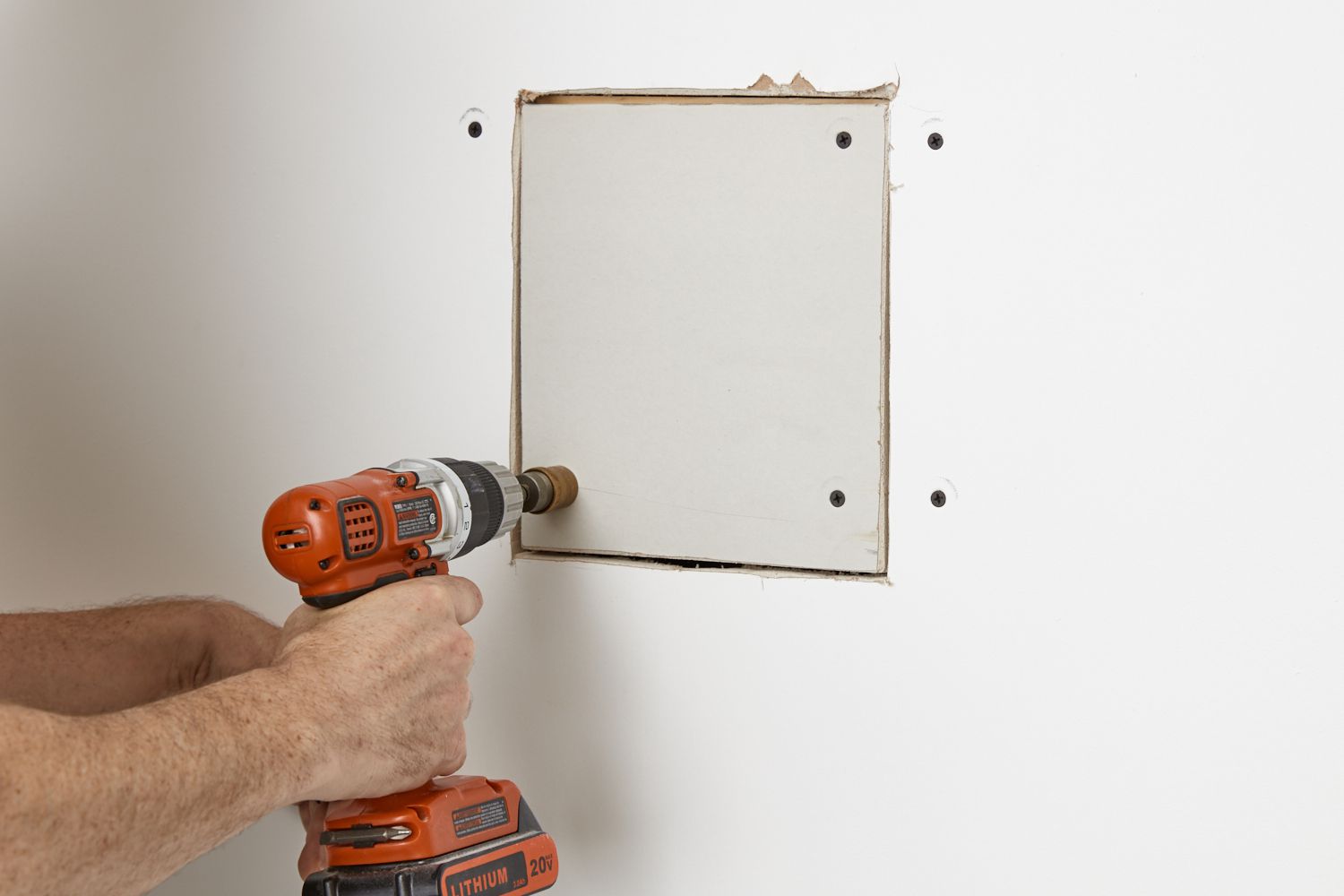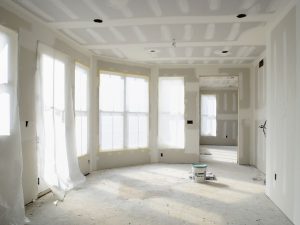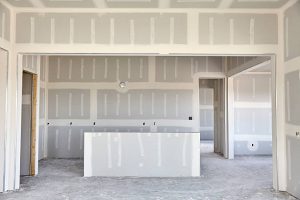Drywall cracks, though seemingly minor at first glance, can evolve into significant structural issues if not addressed promptly and comprehensively. In this in-depth guide, we will delve into the multifaceted aspects of drywall cracks, exploring the diverse causes behind their formation, effective solutions for repair, and implementing comprehensive strategies to ensure the long-term integrity of your walls.
Understanding the Causes of Drywall Cracks:
Settling:
- Homes undergo a natural settling process over time due to factors such as soil movement and foundation adjustments. This settling can exert stress on the drywall, resulting in the formation of cracks. Understanding the settling patterns in your home is fundamental for addressing related issues.
Temperature and Humidity Changes:
- Extreme fluctuations in temperature and high humidity levels can cause the materials in the walls to expand and contract. This continuous movement can lead to cracks, particularly in regions experiencing significant temperature variations.
Poor Installation Practices:
- Incorrect installation practices during the construction phase contribute to drywall cracks. Issues like inadequate taping, excessively tight securing of drywall, or improper joint compound application techniques can create structural vulnerabilities.
Underlying Structural Issues:
- Structural problems, such as a shifting foundation or general structural damage, can manifest as cracks in the drywall. Identifying and addressing these root causes are crucial steps in preventing recurrent issues.
Solutions for Repairing Drywall Cracks:
Now that we’ve identified the causes, let’s move on to the practical solutions for repairing drywall cracks:
Assess the Severity:
- Begin by evaluating the severity of the crack. Hairline cracks may require different treatment than wider or deeper ones. Understanding the nature and extent of the damage guides your repair approach.
Surface Preparation:
- Thoroughly clean the area around the crack, removing loose debris and old joint compound. To enhance adhesion, use a utility knife to create a V-shaped groove along the crack, providing a solid foundation for the repair materials.
Joint Compound Application:
- Utilize a lightweight joint compound to fill the crack. Apply it evenly with a putty knife, ensuring a smooth layer. For wider cracks, consider reinforcing the repair with mesh tape to prevent future cracking.
Sand and Feather Edges:
- After the joint compound dries, sand the repaired area for a smooth surface. Feather the edges to seamlessly blend the repair with the surrounding wall, ensuring a professional finish.
Prime the Area:
- Applying a coat of primer to the repaired area is essential. Primer not only ensures an even finish when painting but also enhances the adhesion of the paint to the patched surface.
Paint Matching:
- Choose a paint color that matches the existing wall. Apply the paint evenly over the repaired area, extending it slightly beyond the patched section for a seamless blend. Accurate color matching is crucial for a visually cohesive result.
Addressing Underlying Issues:
- If the cracks result from structural problems, consult with a professional to rectify the root cause. A thorough assessment and targeted solutions ensure a lasting resolution.
Regular Maintenance:
- To prevent future cracks and maintain drywall integrity, conduct regular checks. Monitor previously repaired areas and promptly address any new cracks or issues that may arise.
Comprehensive Strategies for Long-Term Drywall Maintenance:
In addition to addressing individual cracks, consider implementing comprehensive strategies for long-term drywall maintenance:
Proactive Inspection:
- Regularly inspect your walls for signs of damage such as cracks, bulges, or discoloration. Early detection allows for timely intervention and prevents minor issues from escalating.
Moisture Control:
- Implement effective moisture control measures, including proper ventilation, prompt leak repairs, and the use of dehumidifiers in high-humidity areas. Moisture control prevents mold growth, structural weakening, and paint peeling.
Temperature Regulation:
- Maintain a consistent indoor temperature to minimize material expansion and contraction. Proper insulation helps regulate temperature variations, reducing stress on the drywall.
Professional Structural Assessment:
- Periodically engage a structural engineer or qualified contractor to assess your home’s overall condition. Early identification of potential issues allows for preventive measures, ensuring long-term stability.
Quality Construction Practices:
- During new construction or renovations, ensure adherence to quality construction practices. Proper drywall installation, framing, and attention to detail contribute to the longevity of your walls.
Use of Flexible Materials:
- Consider using flexible materials in areas prone to movement, such as corners and joints. Flexible joint compounds and tapes accommodate minor shifts, reducing the likelihood of cracks.
Educate Yourself on Home Maintenance:
- Empower yourself with knowledge about home maintenance practices. Understanding your home’s specific needs, such as foundation type and local climate, enables targeted maintenance strategies.
Invest in Quality Materials:
- When repairing or renovating, invest in high-quality materials. Superior joint compounds, tapes, and paints contribute to a more durable and resilient drywall surface.
Conclusion:
Repairing drywall cracks requires more than a surface-level fix; it demands a holistic approach addressing causes, employing effective repairs, and implementing comprehensive maintenance strategies. By comprehending the factors contributing to drywall cracks and taking proactive measures, you ensure the structural integrity, aesthetic appeal, and long-term value of your home. Regular inspections, moisture control, temperature regulation, professional assessments, and quality construction practices collectively contribute to a successful drywall maintenance plan. A well-maintained drywall not only enhances your home’s visual appeal but also safeguards its durability and value over the years.






